Are new energy vehicles charging fast? Whether new energy vehicles charge quickly is a core issue that many consumers are concerned about. With technological advances, charging efficiency has been significantly improved, but the specific performance still needs to be comprehensively judged in combination with charging methods, vehicle configurations and usage scenarios.
Fast charging technology: efficient but limited in emergency
Currently, the power of mainstream DC fast charging piles generally reaches 60-120kW, and some super charging piles even exceed 250kW. Taking a vehicle with a battery capacity of 60kWh as an example, when using a 120kW charging pile, it takes about 30 minutes to charge from 30% to 80%. Although this speed cannot match the 5 minutes of refueling a fuel vehicle, it can meet the emergency needs of long-distance travel. However, frequent fast charging may affect battery life, and super charging piles have not yet been fully popularized, and queues at highway service areas during holidays are still common.
Slow charging and energy replenishment: more relaxed at home
The power of household AC charging piles is mostly 7kW, and it takes about 8 hours to fully charge a battery of the same capacity. It seems time-consuming, but it is actually suitable for night parking charging scenarios – using peak and valley electricity prices (the nighttime electricity price in some cities is only 0.3 yuan/kWh), which not only reduces costs but also avoids waiting. More importantly, slow charging is more friendly to batteries and helps to extend service life.
Variable game behind speed
Charging efficiency is affected by multiple factors: the larger the battery capacity, the longer the full charge time; the intelligent control ability of the battery management system (BMS) directly affects the stability of energy transmission; in winter, under low temperature conditions, the decrease in lithium battery activity will cause the charging power to automatically decrease, and the speed may drop by 30%-50%. In addition, the matching degree between the charging pile power and the vehicle’s power receiving capacity is also crucial – if the vehicle only supports 50kW fast charging, even if it is connected to a 120kW pile, the speed cannot break through the physical limitations.
Future Outlook: Efficiency and Experience Double Improvement
Car companies are gradually shortening the charging time through technical breakthroughs such as battery cell material upgrades (such as CATL Kirin batteries) and charging protocol optimization (Tesla V4 supercharger). At the same time, battery swapping modes (such as Weilai) and mobile charging vehicles (provided by some car companies) provide new solutions for energy replenishment. With the popularization of 800V high-voltage platforms, a 5-minute charge and a range of 200 kilometers are expected to become a reality in the future.
Usage suggestions
For daily commuting, slow charging can be prioritized. For long-distance travel, fast charging stations should be planned in advance, and charging buffer time should be reserved. When purchasing a vehicle, it is recommended to pay attention to the battery temperature management system and charging compatibility parameters, rather than simply pursuing the maximum charging power. After all, the energy replenishment logic of new energy vehicles is evolving from “fast refueling” to “intelligent charging”, and reasonable planning can make every trip more relaxed.

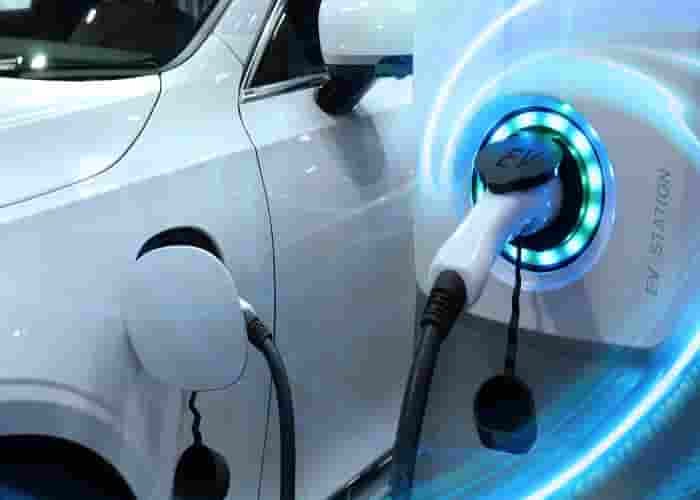


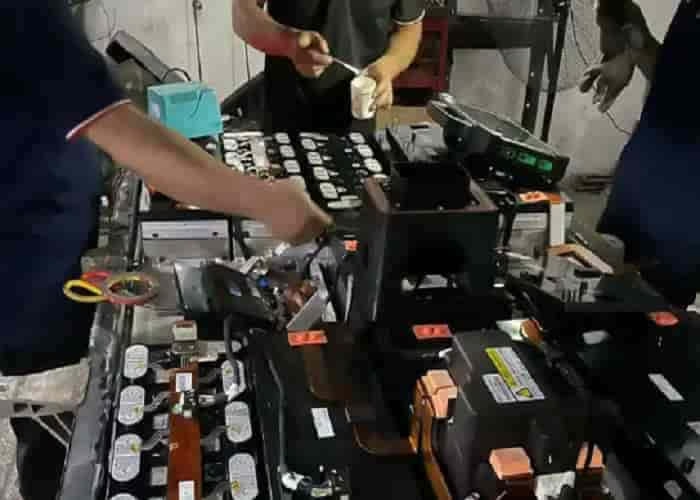
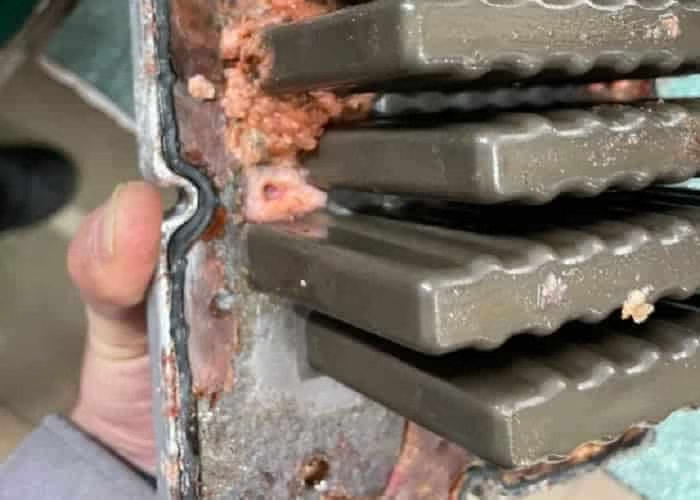

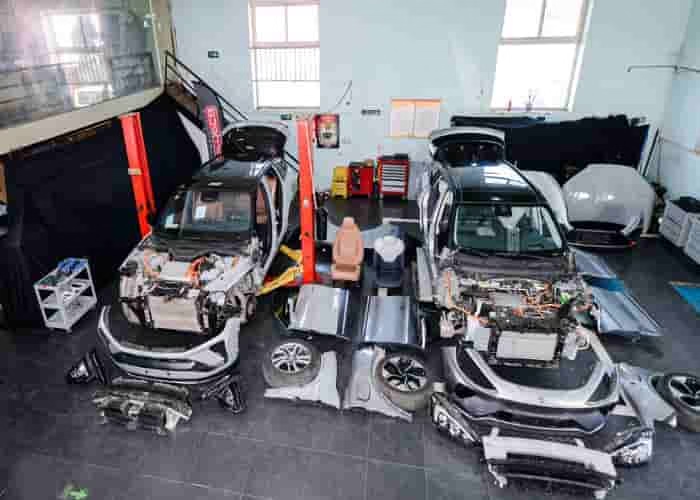
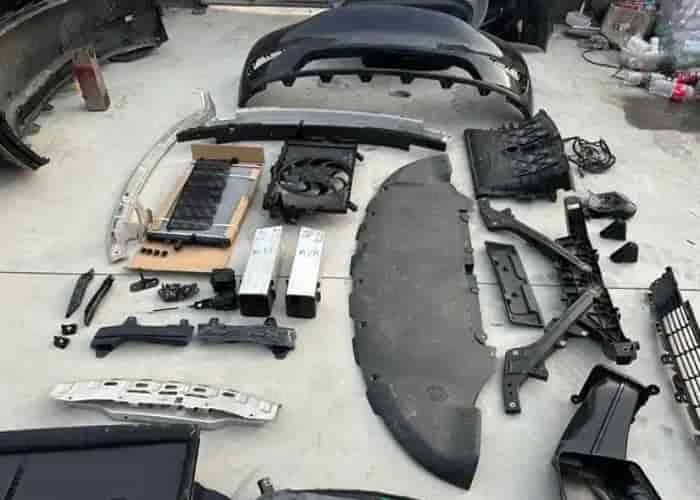
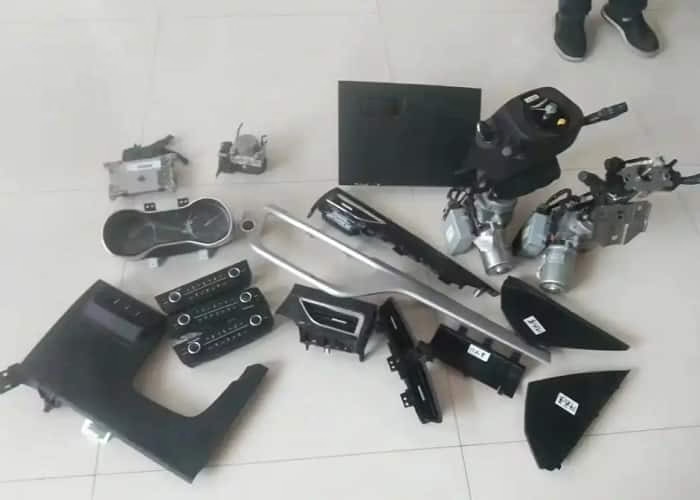
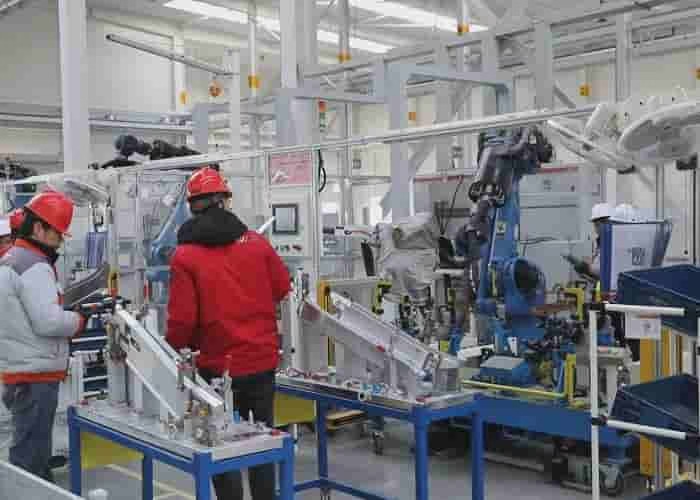
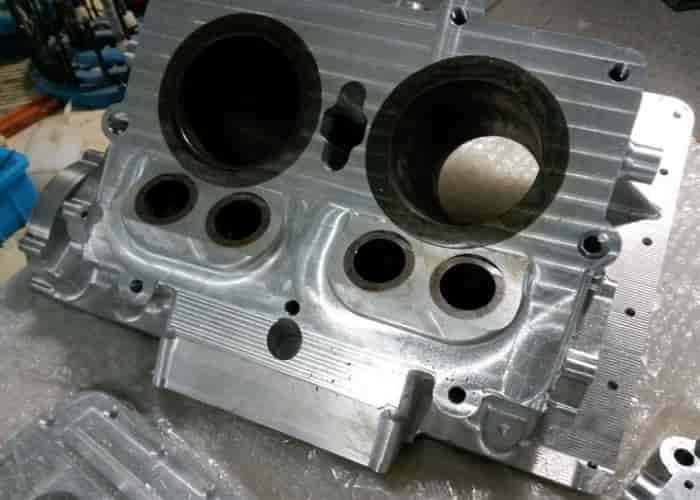




Leave a Reply